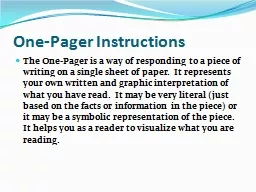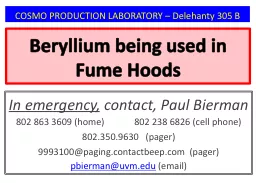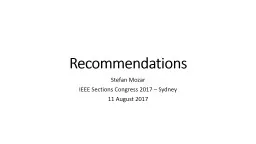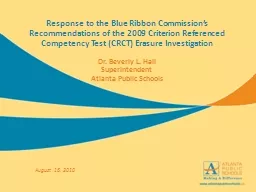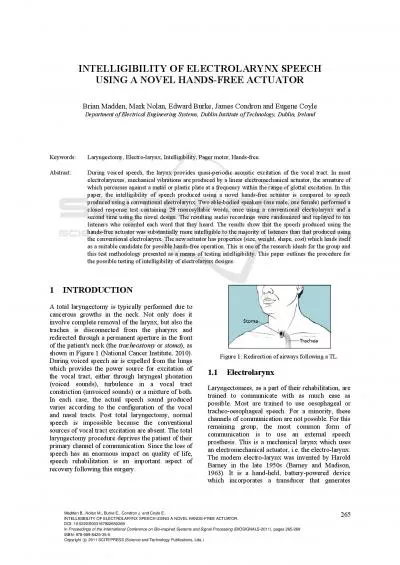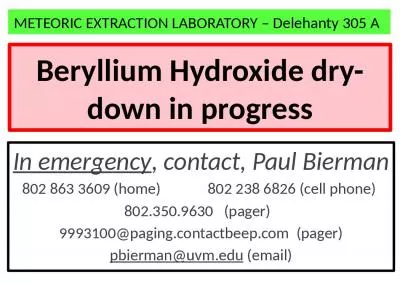PPT-One Pager Recommendations
Author : liane-varnes | Published Date : 2017-10-21
One Pagers Mrs Lunds proofreading marks One Pager Take 5 minutes to reread your essay along with the comments both on the essay and on the rubric Read the descriptors
Presentation Embed Code
Download Presentation
Download Presentation The PPT/PDF document "One Pager Recommendations" is the property of its rightful owner. Permission is granted to download and print the materials on this website for personal, non-commercial use only, and to display it on your personal computer provided you do not modify the materials and that you retain all copyright notices contained in the materials. By downloading content from our website, you accept the terms of this agreement.
One Pager Recommendations: Transcript
Download Rules Of Document
"One Pager Recommendations"The content belongs to its owner. You may download and print it for personal use, without modification, and keep all copyright notices. By downloading, you agree to these terms.
Related Documents


